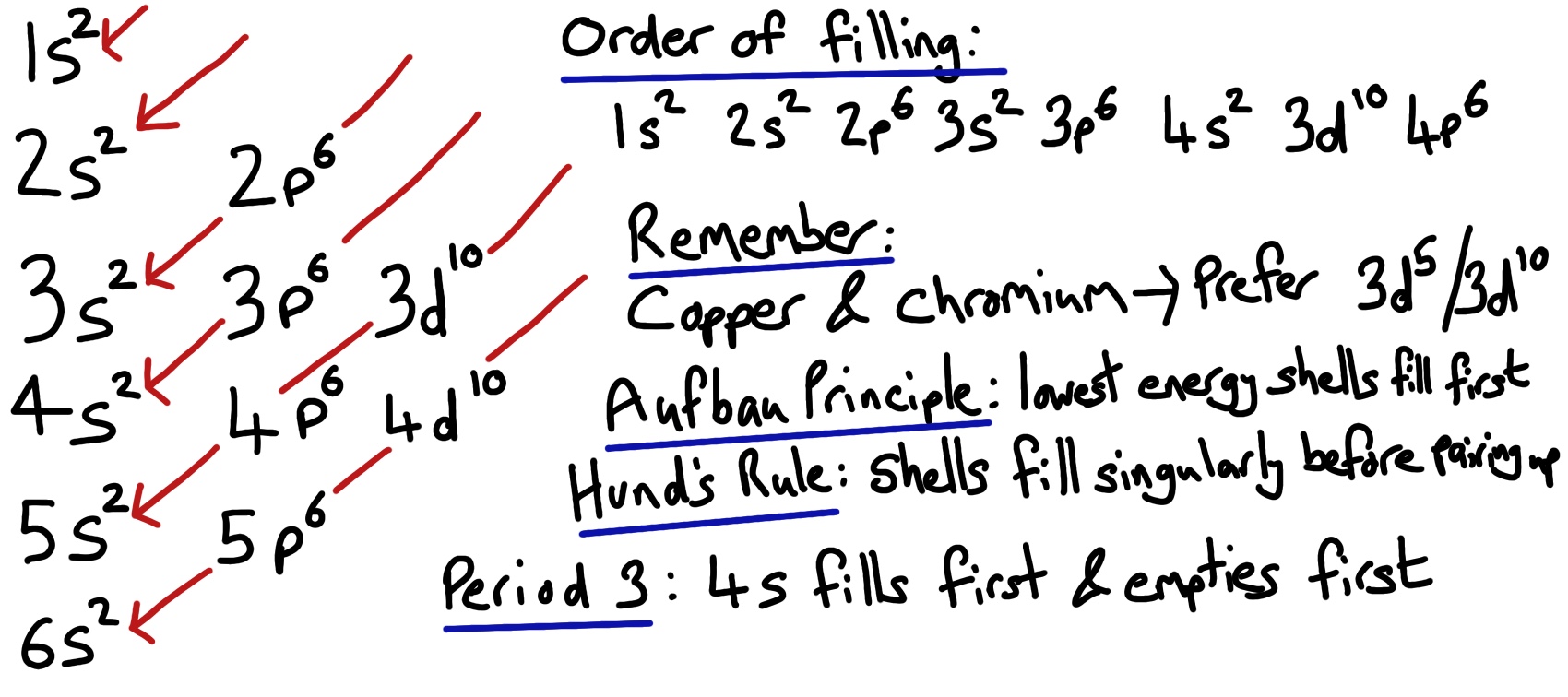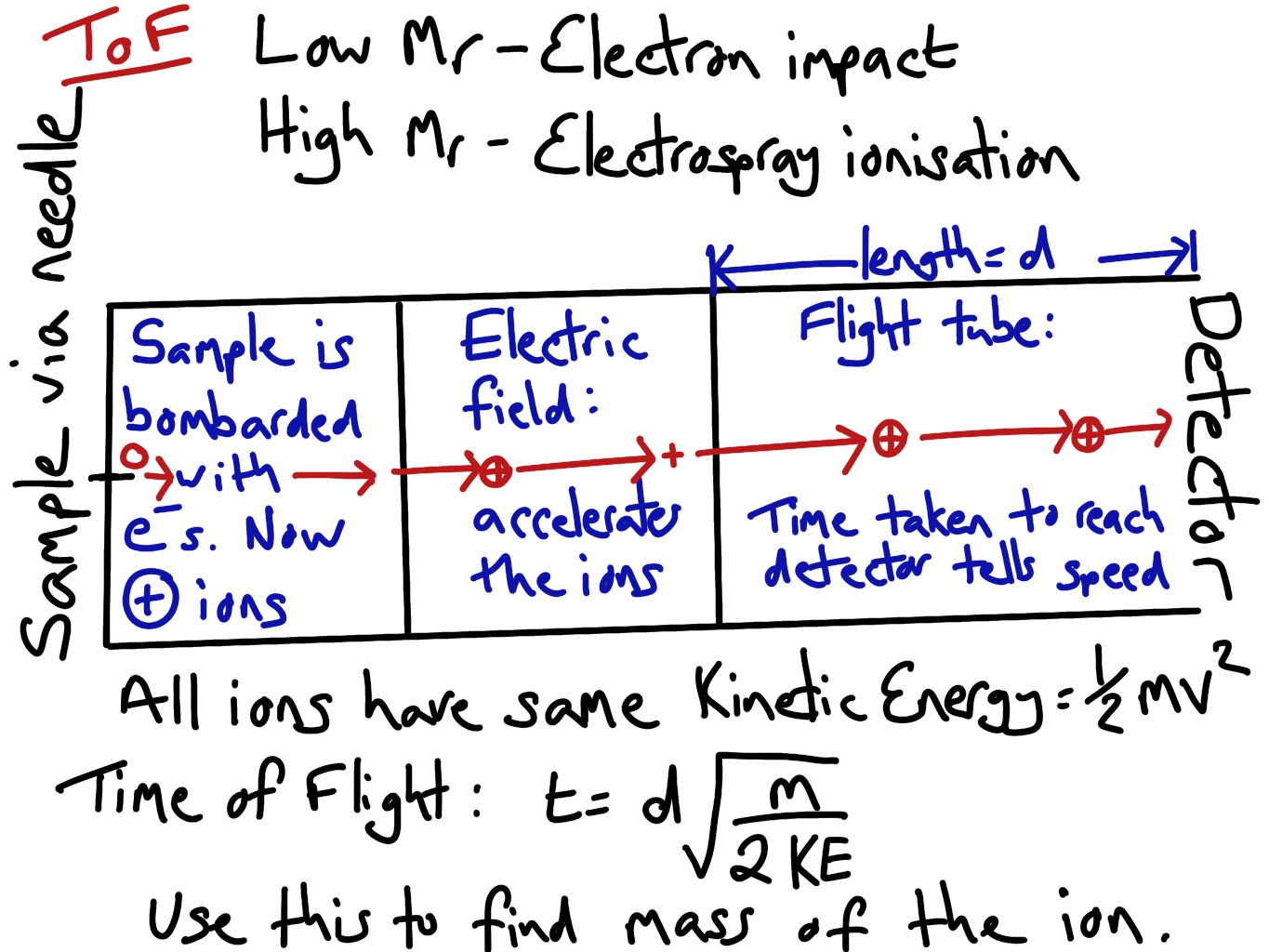AS - Atomic Structure
Key learning for this topic
We begin this qualification by ensuring that you have not forgotten any GCSE understanding. To begin with, the structure of the atom. Ensure that you are completely fluent in the charges, locations and relative masses of the three sub-atomic particles.

The model of the atom has evolved over time and each model has its own importance. Look at this made by Compound Chem.

You need to be able to fully use and manipulate the information on the Periodic Table to get information about the numbers of particles in atoms and compounds

Give the full electronic configuration of any atom or ion using the s, p & d orbitals with a "Z number" of up to 36. You will also be able to construct equations for successive ionisation energies and explain trends across period 3 and down group 2

Time of Flight Mass Spectrometry: How does ToF work? What are the steps in the process and calculate information such as the kinetic energy of ions, relative abundance of isotopes and determine the relative atomic mass of a sample

This page was updated on: 9th August 2022
